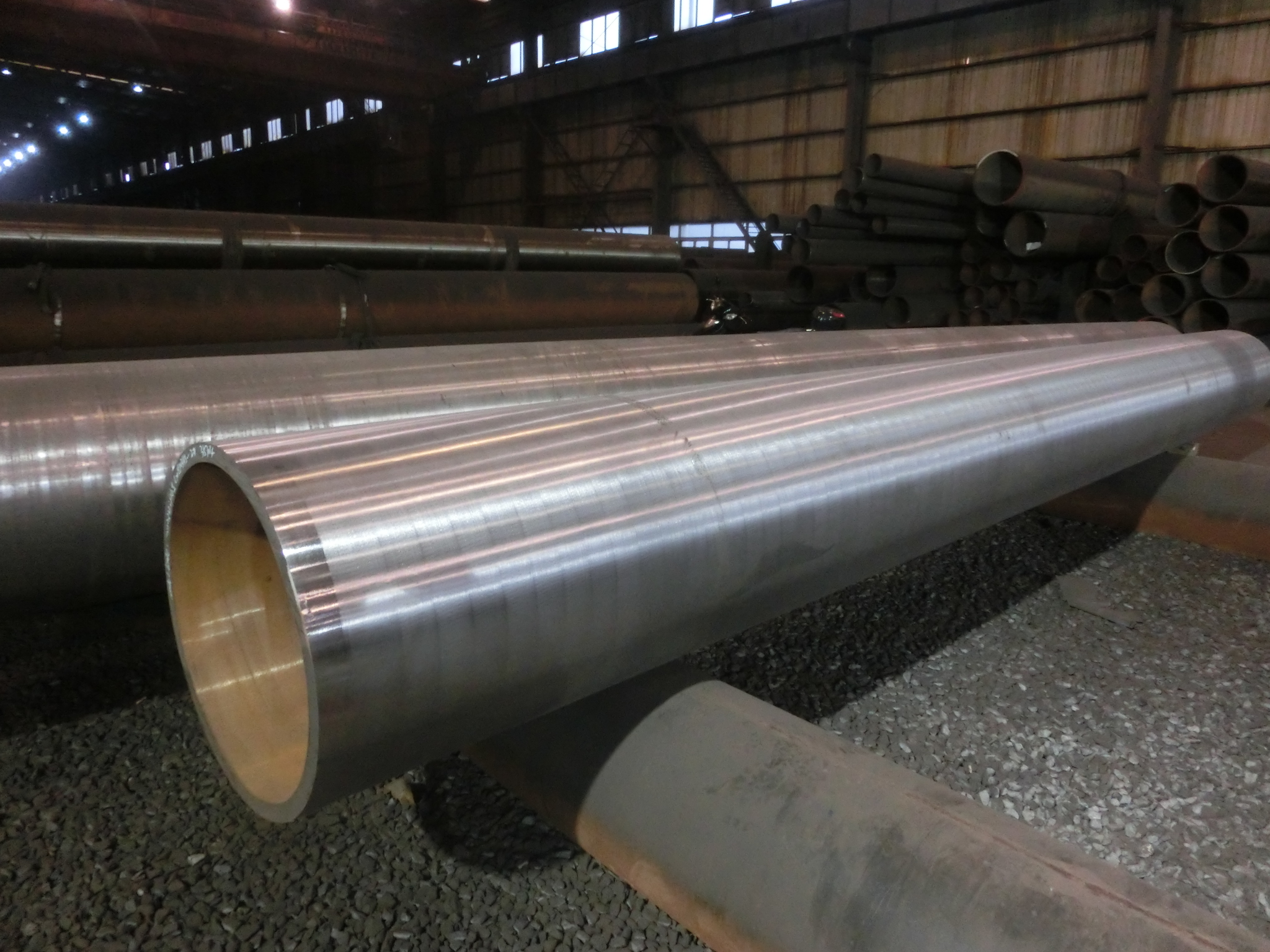Nine taboos for pesticide application in greenhouse vegetables
During the cultivation of greenhouse vegetables, the occurrence of pests and diseases is also difficult to avoid. Generally, friends who grow large areas often use pesticides to control the occurrence of pests and diseases. Not paying attention to the application of pesticides can not only eliminate the occurrence of pests and diseases, but will cause phytotoxicity and cause unnecessary losses. What are the nine taboos for applying pesticides in greenhouse vegetables in winter?
First, avoid using live water to prepare pesticides. Because there are many impurities in the living water, it is easy to block the nozzle of the sprayer with its preparation, and it will also destroy the suspension of the liquid to cause precipitation.
Second, avoid using well water to prepare pesticides because well water contains more minerals, especially calcium and magnesium. These minerals are easily mixed with the chemical solution to produce a chemical action, and the formation of a precipitate reduces the efficacy.
Third, avoid increasing the amount of pesticides pesticides before being approved for production and sales, they must go through a rigorous field efficacy test, and then determine the actual use of the amount of medication, medication time, the number of applications. Therefore, according to the dosage specified in the instruction manual, the control effect can be achieved, and the increase of the dosage not only increases the input, but also causes the phytotoxicity of the crops, increases the residual amount of pesticides in the agricultural products, and aggravates the environmental pollution.
Fourth, avoid excessive increase of water and excessive water will reduce the concentration of pesticides. Spraying only a small amount of pesticide on the crop is not enough to kill the pest, and some pesticides may even fail completely. Excessive addition of water can also cause the loss of pesticides and lead to environmental pollution. Therefore, when formulating pesticides, the amount of water added should be strictly controlled according to their concentration range.
5. Avoid mixing irrational pesticides Some pesticides can increase the control effect, reduce the dosage, or achieve the effect of both pests and diseases, and the mixed application is more labor-saving. However, some pesticides cannot be mixed and applied. For example, most of the organophosphorus pesticides will rapidly decompose and fail when they encounter alkaline pesticides or alkaline media. When you need to mix pesticides, you must understand the nature and characteristics of various pesticides, and find out whether they can be mixed. It is best to ask the relevant technicians for guidance before mixing.
Sixth, avoid spraying the pesticide crops during the flowering period, the tissue is young, the resistance to stress is weak, and it is prone to phytotoxicity. Therefore, it is necessary to avoid the flowering period when spraying.
7. Avoid spraying pesticides before crop harvesting. The period of high-efficiency and highly toxic pesticide residues is about 60 days, and the period of high-efficiency and low-toxic pesticides is about 15 days. Therefore, whether it is food, vegetables, fruit trees, it is forbidden to apply drugs before harvesting to avoid food poisoning.
Eight, avoid the use of expired pesticides and pesticides must be used within the warranty period, otherwise it will cause losses.
Nine, avoid the abuse of pesticides should be based on the types of crops, control objects and the performance of different pesticides to use the corresponding pesticides, to achieve the right medicine, while avoiding the long-term use of a certain agent.
More pesticide knowledge , please pay attention to China Pesticide Network
We can produce the lower-temperature Steel Pipe according to the ASTM A333 and ASME SA333 standards, and the and the production diameter from 8" to 48" in OD and wall thickness from 9.53 mm up to 140mm. We have been sold the GR.6 steel pipe about 20000 tons to date and the property of -45℃ impact value is about 100J, better than the standard`s requirements.
Yangzhou Chengde has the full capability to do every test in-house, from mechanical testing, chemical analysis, PMI, UT/Hydrotest etc. Chengde`s lab is qualified to ISO 17025 and CNAS standard, being proven the repeatability of accurate testings.
Each alloy pipe is subject to PMI before dispatch. The INNOV-X system performs non-destructive chemical analysis via simultaneous detection and quantification of fluorescent x-rays of multiple elements in test sample.

Stainless Steel Tubing,Asme Sa333 Pipe,A333 Grade 6 Pipe,Carbon Pipe
YANGZHOU CHENGDE STEEL PIPE CO.,LTD , https://www.chengdepipe.com